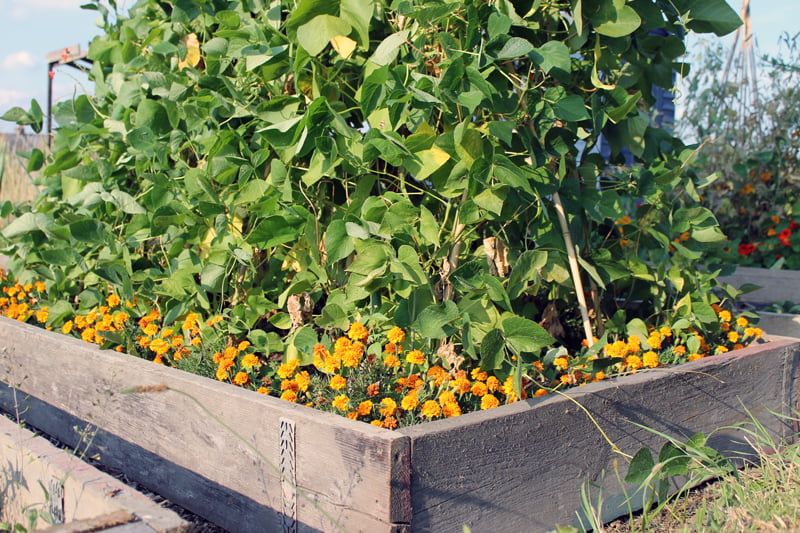
Plant a Pest-Free Paradise: The Magic of Companion Planting
Come on in, neighbor, and have a seat. Let’s chat about something near and dear to my heart – creating a thriving garden, naturally! I've found that one of the best ways to do this is through companion planting. You see, companion planting is simply planting different crops close together in a way that benefits one or both of them. It's an age-old technique, passed down through generations of gardeners, that uses nature's own strategies to enhance growth and deter pests, reducing the need for those harsh chemical interventions. Think of it as setting up a little ecosystem right in your backyard. With companion planting, you can improve plant health, reduce pest problems, increase your yields, and even enhance the biodiversity of your garden. So, put your feet up and let's discover how to use companion planting to create a thriving, pest-free garden using nature's own strategies.
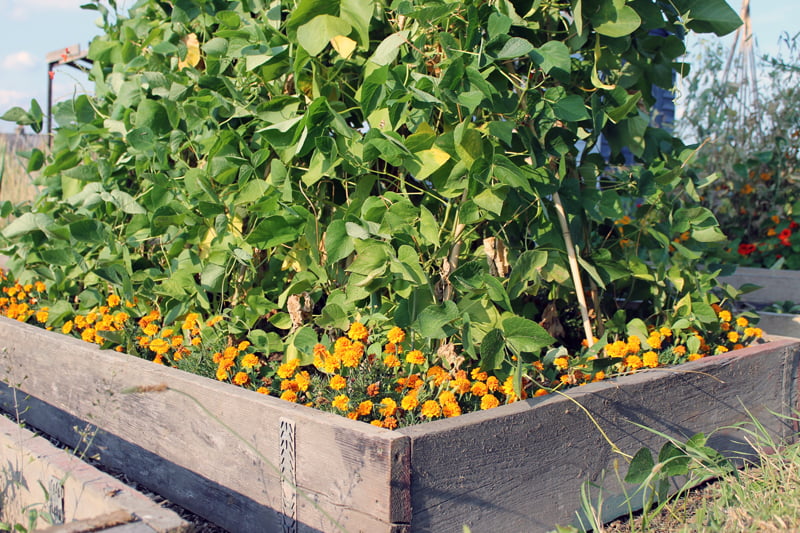
A thriving, diverse garden using companion planting techniques.
Companion Planting Powerhouses
Let's delve into some tried-and-true companion planting pairings that can make a real difference in your garden.
Marigolds & Tomatoes
Those pesky nematodes, whiteflies, and other soil-borne pests – they can wreak havoc on your tomato plants, can't they? Well, that’s where marigolds come to the rescue! The scent of marigolds, especially French marigolds, is particularly effective at deterring these unwelcome guests. It's like they're saying, "Keep away from these tomatoes!"
For planting, nestle those vibrant orange and yellow marigolds around the base of your tomato plants, spacing them about 12 inches apart. Compact varieties are best, as they won't overcrowd your tomatoes. Now, for a little science: marigold roots contain a compound called alpha-terthienyl, which has been shown to have a nematicidal effect. In simple terms, it helps control those soil-borne nematodes.
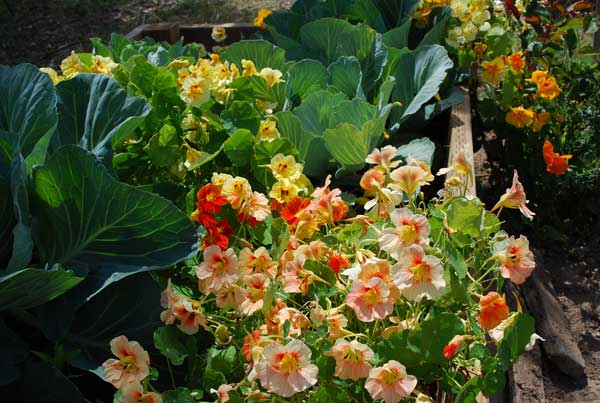
Marigolds deter pests like nematodes and whiteflies, helping your tomatoes thrive.
Imagine vibrant orange and yellow marigolds nestled among the deep green foliage of your tomato plants, creating a beautiful and functional display. It's not just pest control; it's garden art!
Basil & Tomatoes
Speaking of tomatoes, let's talk about basil! This fragrant herb isn't just a culinary delight; it's also a fantastic companion plant for tomatoes. Basil repels those dreaded tomato hornworms and whiteflies, keeping your plants healthy and productive. And the best part? It’s believed that basil can actually enhance the flavor of your tomatoes!
Plant basil between your tomato plants or in pots nearby. Make sure to pinch off the tops regularly. This encourages bushier growth, which means even more effective pest control and plenty of basil for your pesto! The aromatic compounds in basil are what do the trick, creating a scent that pests just don't like.
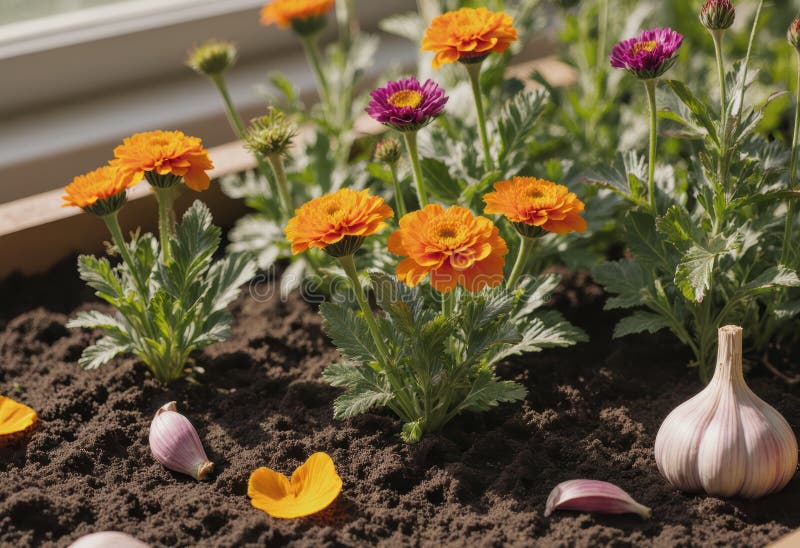
Basil repels tomato hornworms and whiteflies, and it is thought to improve tomato flavor.
Picture those fragrant basil leaves brushing against your ripening tomatoes, creating a sensory experience every time you walk through your garden. It’s a win-win!
Nasturtiums & Brassicas (Broccoli, Cabbage, Kale)
Now, let's move on to those vulnerable brassicas – broccoli, cabbage, kale. Aphids just love them, don't they? But fear not, because nasturtiums are here to help! Nasturtiums act as a trap crop, attracting aphids away from your precious brassicas. It's like setting up a diversion for those little pests.
Plant nasturtiums around the perimeter of your brassica patch or interplant them among the vegetables. Let the nasturtiums become infested with aphids – that's their job! If they get too overwhelmed, you can always remove them. But remember, they're sacrificing themselves for the greater good of your cabbages and broccoli!
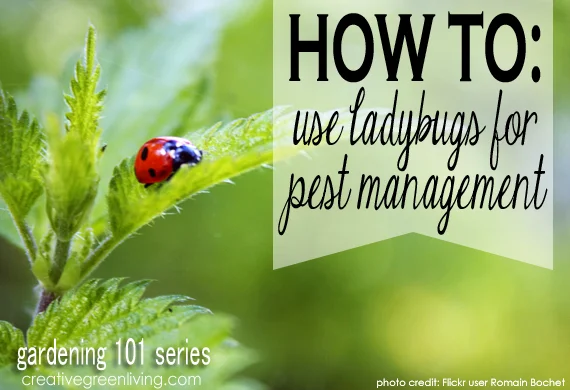
Nasturtiums act as a trap crop, drawing aphids away from vulnerable brassicas.
Plus, nasturtiums add vibrant color to your garden and are edible! You can toss them in salads for a peppery kick. Visualize bright orange nasturtium flowers cascading around your cabbages, drawing pests away and adding a splash of beauty to your garden. Dual-purpose plants are always a bonus, aren't they?
Garlic & Roses
Roses – those beautiful, fragrant blooms that can sometimes be susceptible to aphids and black spot. But garlic can help protect your roses! Garlic repels aphids and helps prevent black spot, keeping your roses healthy and vibrant.
Plant garlic bulbs around the base of your rose bushes in the fall. The garlic will overwinter and provide pest protection in the spring. Don't worry; the garlic won't overpower the roses. The contrasting textures of the garlic greens and rose foliage actually create an interesting aesthetic.
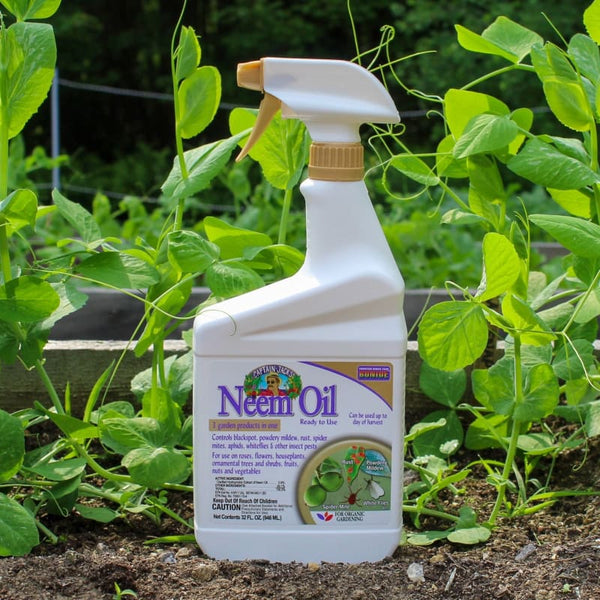
Garlic repels aphids and helps prevent black spot on roses.
Imagine delicate rose blossoms rising above the sturdy green shoots of garlic – a harmonious blend of beauty and function in your garden.
Beyond Companion Planting: Integrated Pest Management
Now, while companion planting is a fantastic tool, it's just one piece of the puzzle. Let's talk about integrated pest management, or IPM. IPM is a holistic approach that combines various strategies to keep pests at bay while minimizing harm to the environment.
One key aspect of IPM is encouraging beneficial insects. Ladybugs are voracious aphid predators, and lacewings are general predators of many pests. You can purchase them online or attract them by planting specific flowers that provide nectar and pollen, such as dill, fennel, and yarrow.
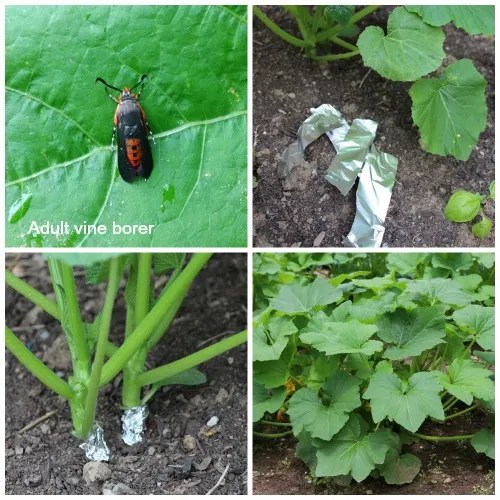
Ladybugs are natural predators for aphids.
If you have a severe infestation, you might consider using neem oil as a last resort. Neem oil is a natural pesticide derived from the neem tree. It's effective against a wide range of pests, but it's also broad-spectrum, which means it can impact beneficial insects as well. Use it sparingly and follow the instructions carefully.
Region-Specific Considerations
Remember, what works in my garden might not work exactly the same way in yours. We all have different climates and different pests to contend with. Here are a few region-specific considerations:
- Midwest: Watch out for squash vine borers! Plant dill near your squash to attract beneficial wasps that prey on these pests.
- Southeast: Tomato blight can be a real problem. Choose disease-resistant tomato varieties and ensure good air circulation around your plants.
- Pacific Northwest: Slugs and snails are notorious garden pests. Use copper tape around your beds or try beer traps to lure them away from your plants.
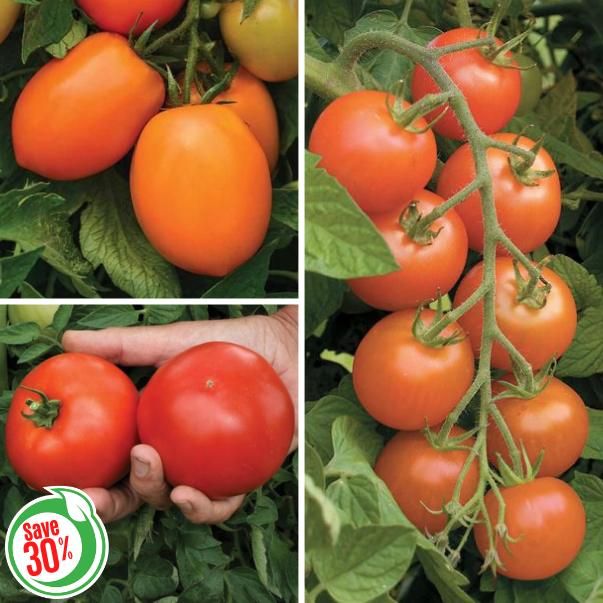
Dill attracts wasps to deter squash vine borers.
Conclusion
So, there you have it – the magic of companion planting! It's a simple yet powerful way to create a healthy, sustainable garden, naturally. By using companion planting, you can improve plant health, reduce pest problems, increase your yields, and enhance the biodiversity of your garden.
I encourage you to experiment with different companion plant pairings and find what works best in your specific garden conditions. Don’t be afraid to try new things! After all, gardening is all about learning and growing, both for you and your plants.
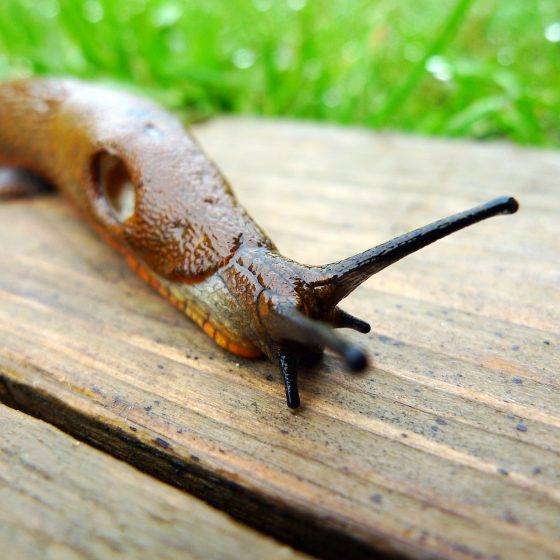
Gardening brings fulfillment when you work in harmony with nature.
Happy gardening, friend! May your garden be a pest-free paradise, filled with beauty and abundance. There's nothing quite like the satisfaction of working in harmony with nature and reaping the rewards of your labor. Now, how about another cup of tea?